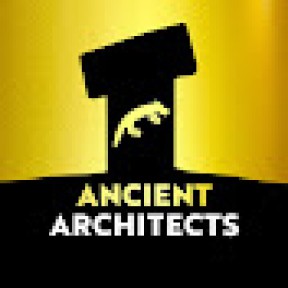The Mystery of Göbekli Tepe Skeletonised Statues
For anyone looking into the ancient Tas Tepeler settlements of SE Anatolia, the enigmatic T-shaped pillars are often the main focus of study,
These pillars of limestone are found at Sayburc, Kurt Tepe, Harbetsuvan Tepesi, Karahan Tepe and of course Gobekli Tepe and the relief carvings on their surfaces have truly captivated researchers for the past three decades.
But it’s because of the pillars that statues and statuettes often get overlooked, but they could give us a unique insight into the lives of the people that lived in this region 10-12,000 years ago. Each statue and statue fragment that’s been discovered is unique. Some are solitary animals, some are human figures, some are composite statues arranged in a totem-like way, and some include more than one human.
Due to the varied intricacies, I could make a separate video for each statue that’s been discovered, but today I want to focus on one specific commonality, and that is the fact that ribs and other bones are often emphasised on these amazing artistic expressions. It's seen on both human and animal statues and statuettes, but what does it mean? Were the ancient people of Göbekli Tepe and Karahan Tepe starving to death?
Are they depicting deceased humans and animals? Is it just stylistic, or is there a shamanic, ritual and religious meaning?
Watch the video to learn more.















































